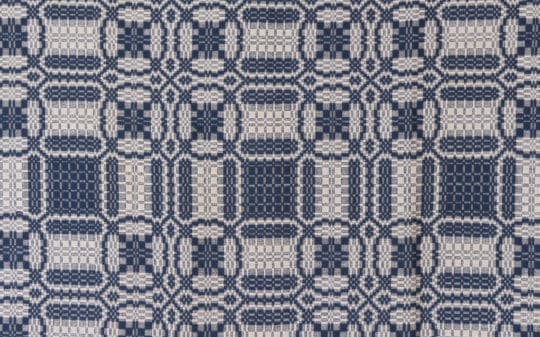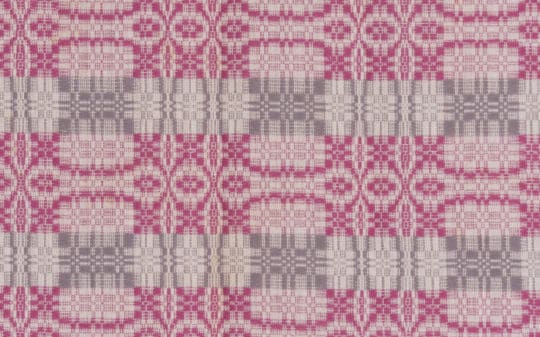
Coverlet
Weaving, like quilting, was originally done out of necessity to provide cloth and coverings for the family. Hand weaving, in addition to making cloth for clothing, produced another type of blanket known as coverlets. Though a utilitarian item, these were often made with beautiful patterns, commonly called overshot weaving throughout the Southern Appalachians. These traditions were passed between generations of women up to the present.
For many women during the twentieth century, weaving provided a supplemental income. Many women in the mountains did not work outside the home, and weaving offered them an opportunity to provide for themselves or their families. However, for most women, weaving was more than a way to make money. Weaving had a deep emotional impact:
“I’d rather weave as eat. When no one’s around, you can be a weavin’ your pattern an’ a hummin’ an’ a singing’ while you’re sittin’ there. When you’re troubled y’go t’weavin’. You can just set an’ be happy when you’re weavin’–or I can.” ~Edith Darnell

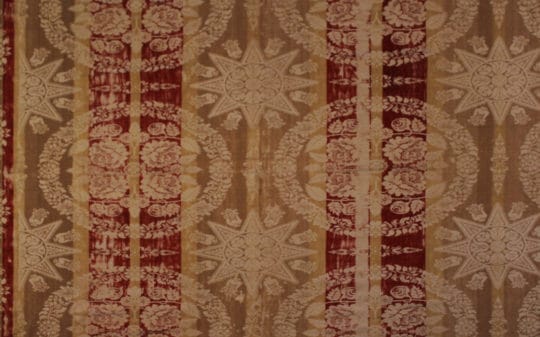
Cosley Woven Coverlet
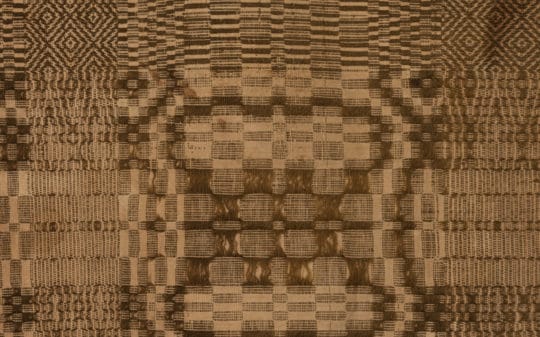
York Coverlet
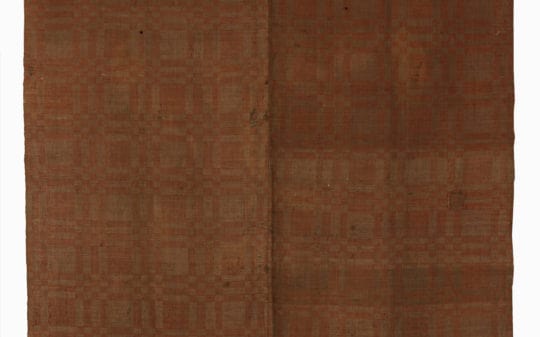
Woven Coverlet
